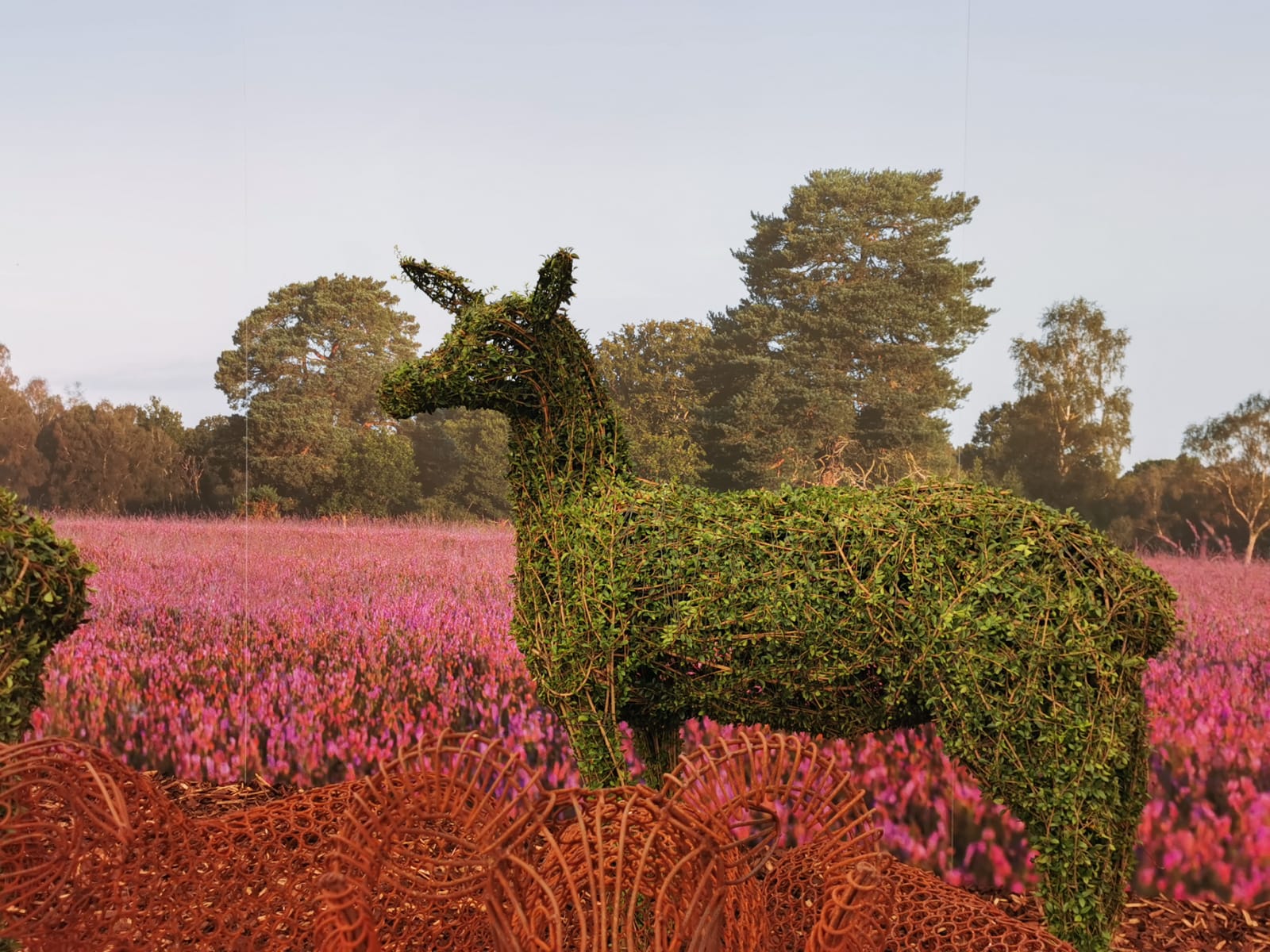
The word ‘topiary’ comes from the Latin word topiarius; meaning ‘landscape gardener’.
Topiary is the horticultural art of clipping and training shrubs or trees into ornamental shapes
and sculptures.
The resulting topiary shape can be as exotic and elaborate as desired; ranging from animal shapes and figures to a well-trimmed hedge.
Agrumi are specialists in creating bespoke topiary sculptures.
Agrumi can create pieces based on almost any design, which allows for plenty of creativity.
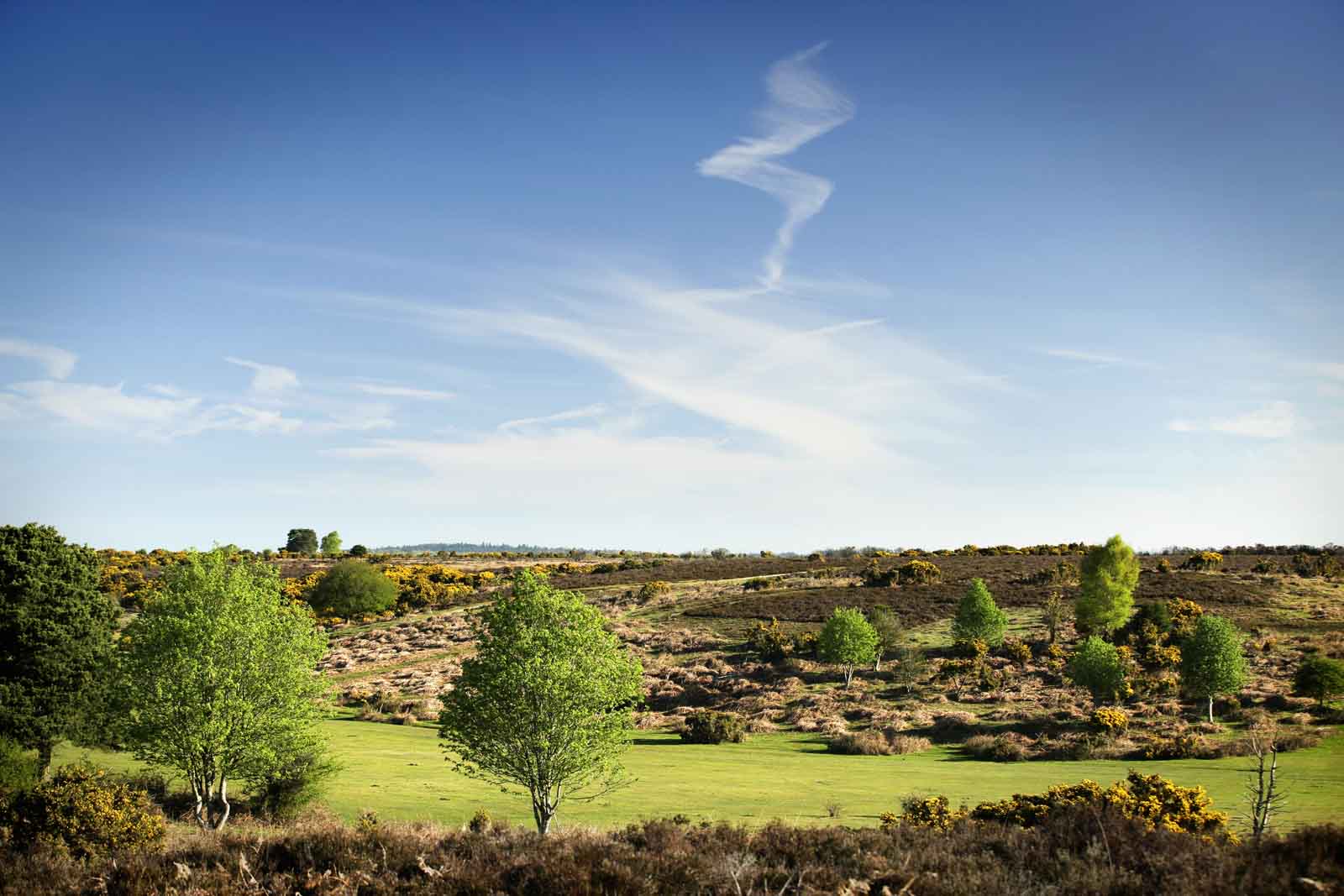
Our topiary artists create the sculptures and frames by hand, in this custom-designed topiary workshop.
Luigi - Having worked closely with nature, Luigi can recreate realistic 3D forms, capturing the personality of each animal perfectly.
Rachel - Working as Luigi’s understudy, Rachel makes smaller topiary and also helps to design and coordinate bespoke larger sculptures.
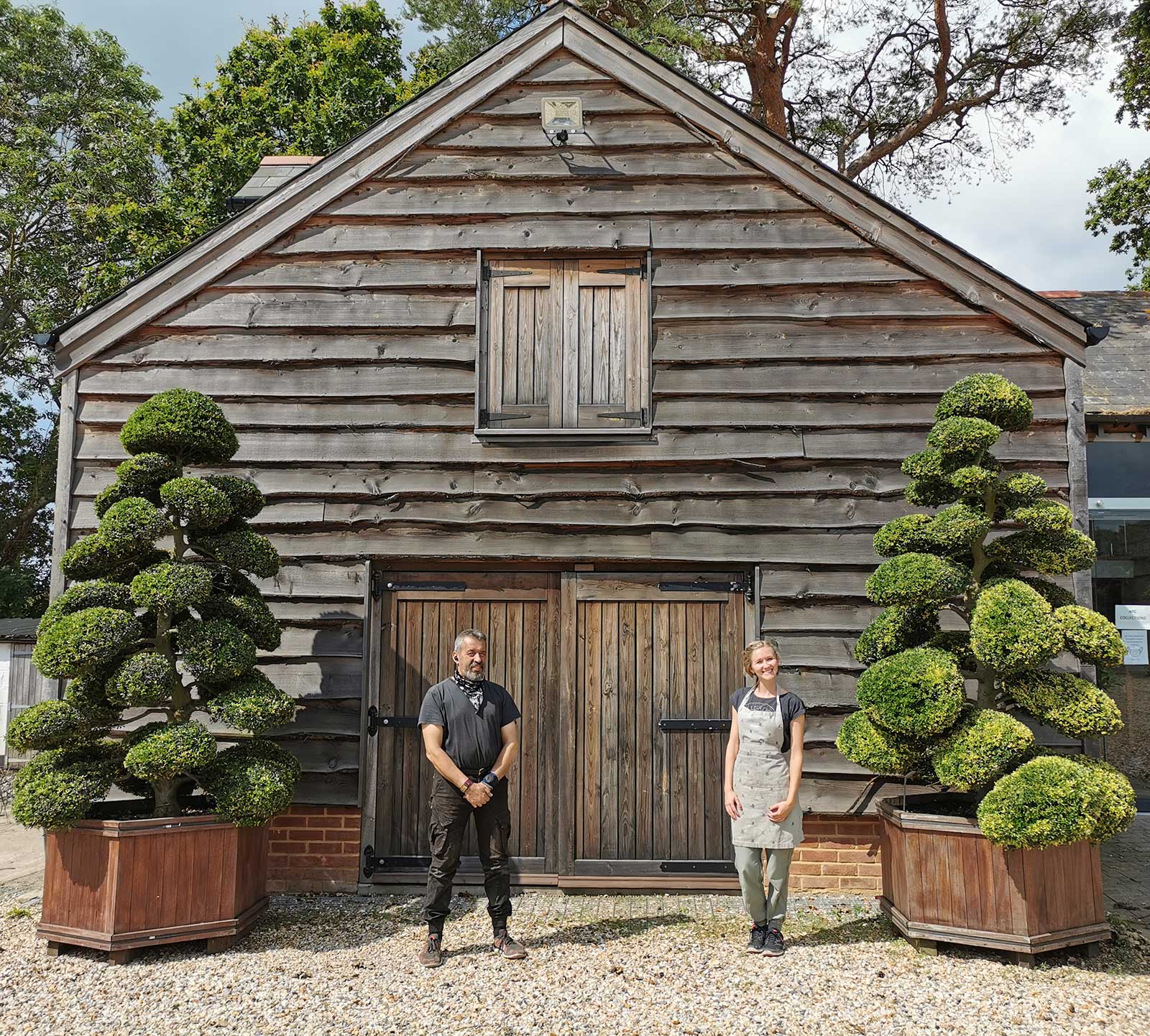
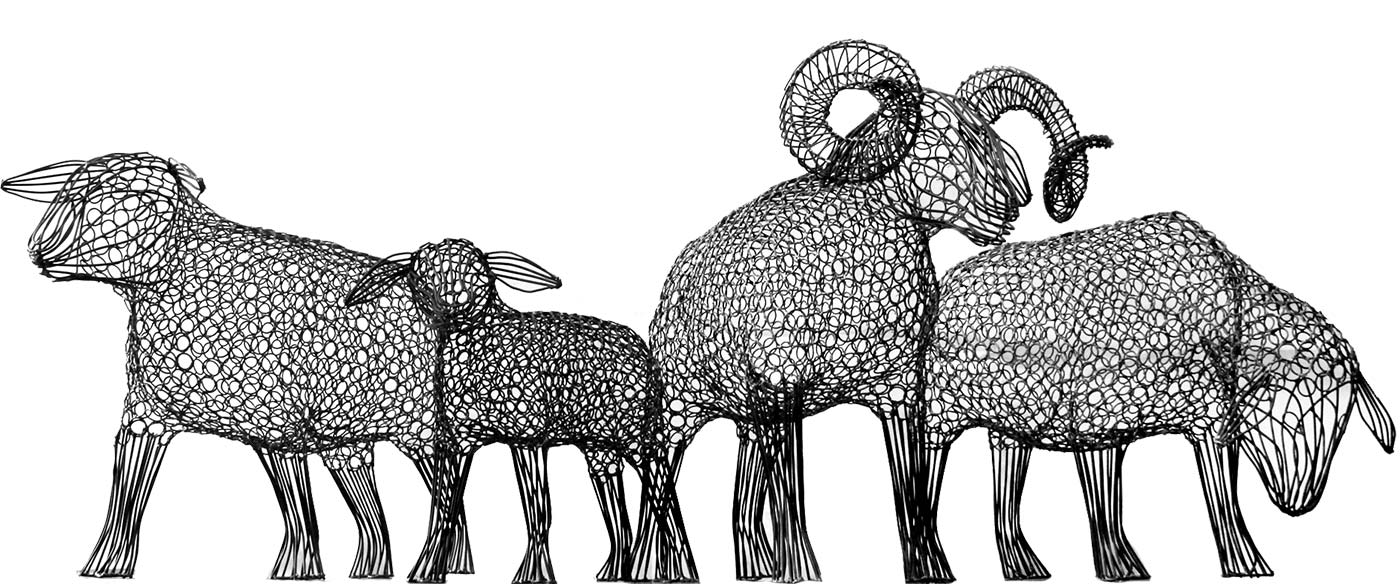
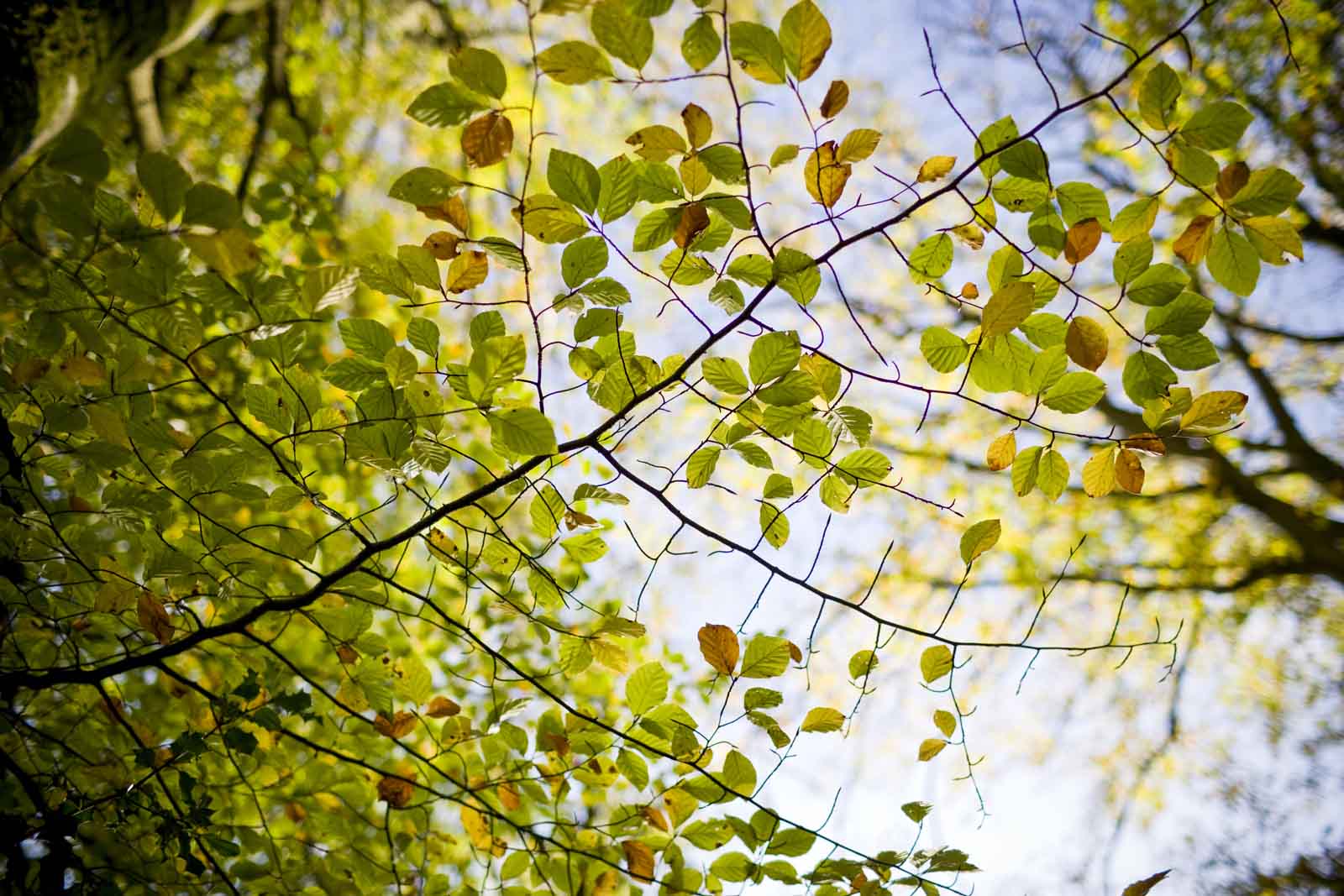
The rootstocks of the plants are secured into place at the base of the sculpture.
Each branch is then carefully woven around the armature and secured in place with paper covered wire, to reduce the use of plastic.
The planter is then filled in with peat-free compost, pumice stones and mycorrhizal fungi.
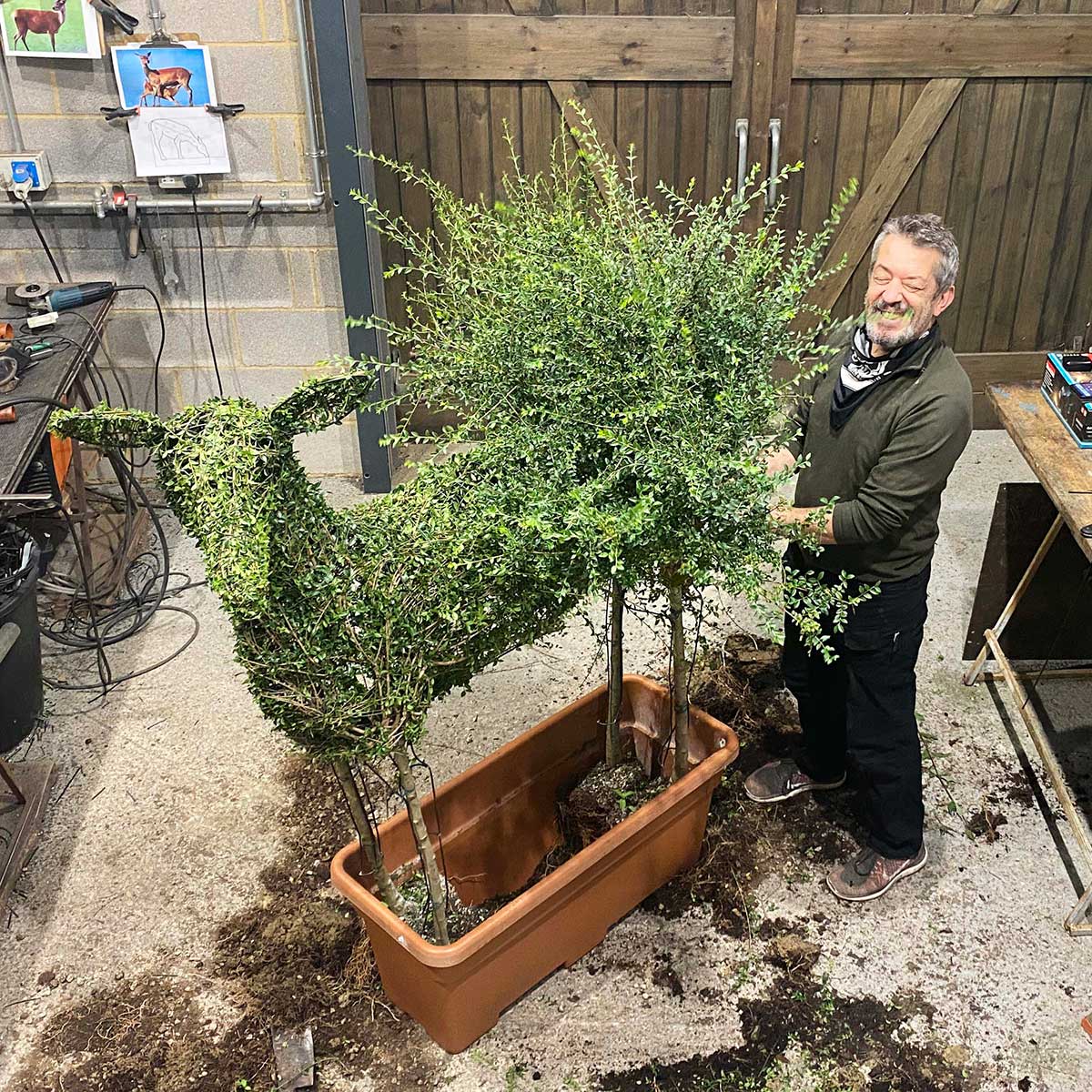
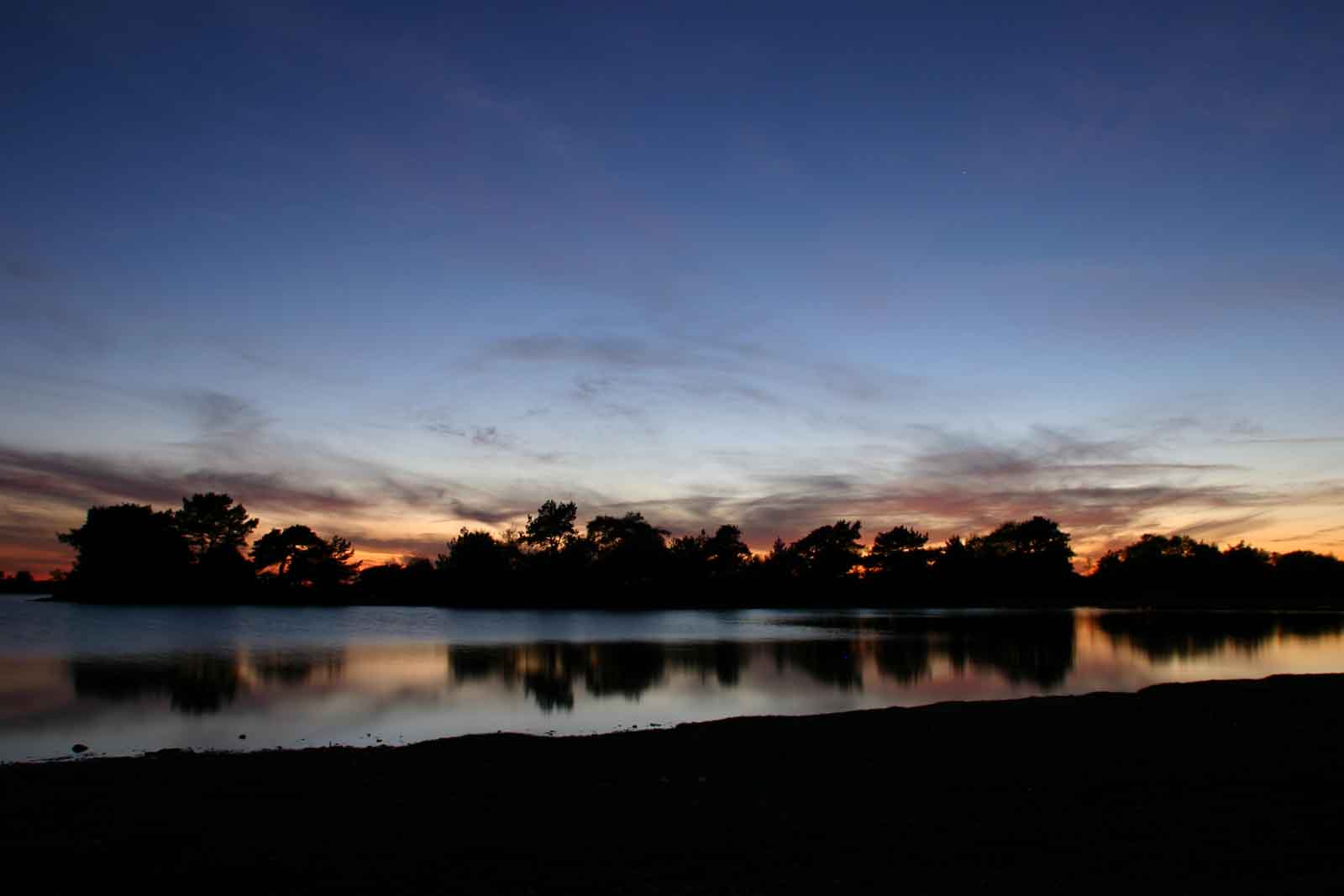
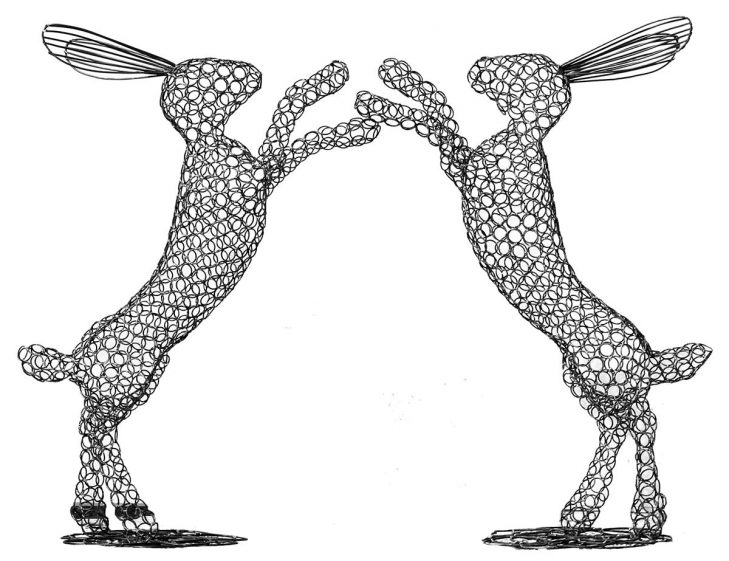
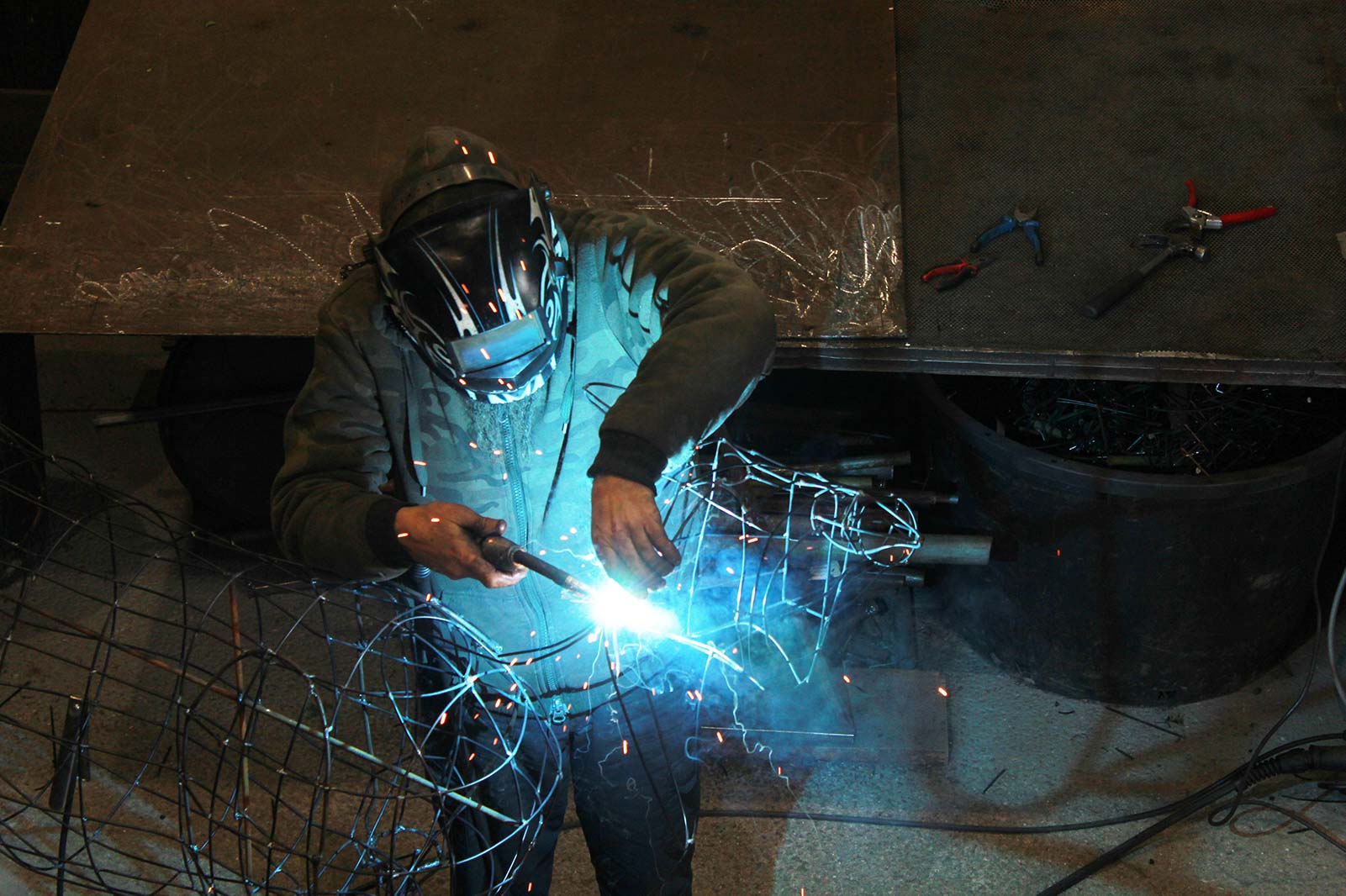
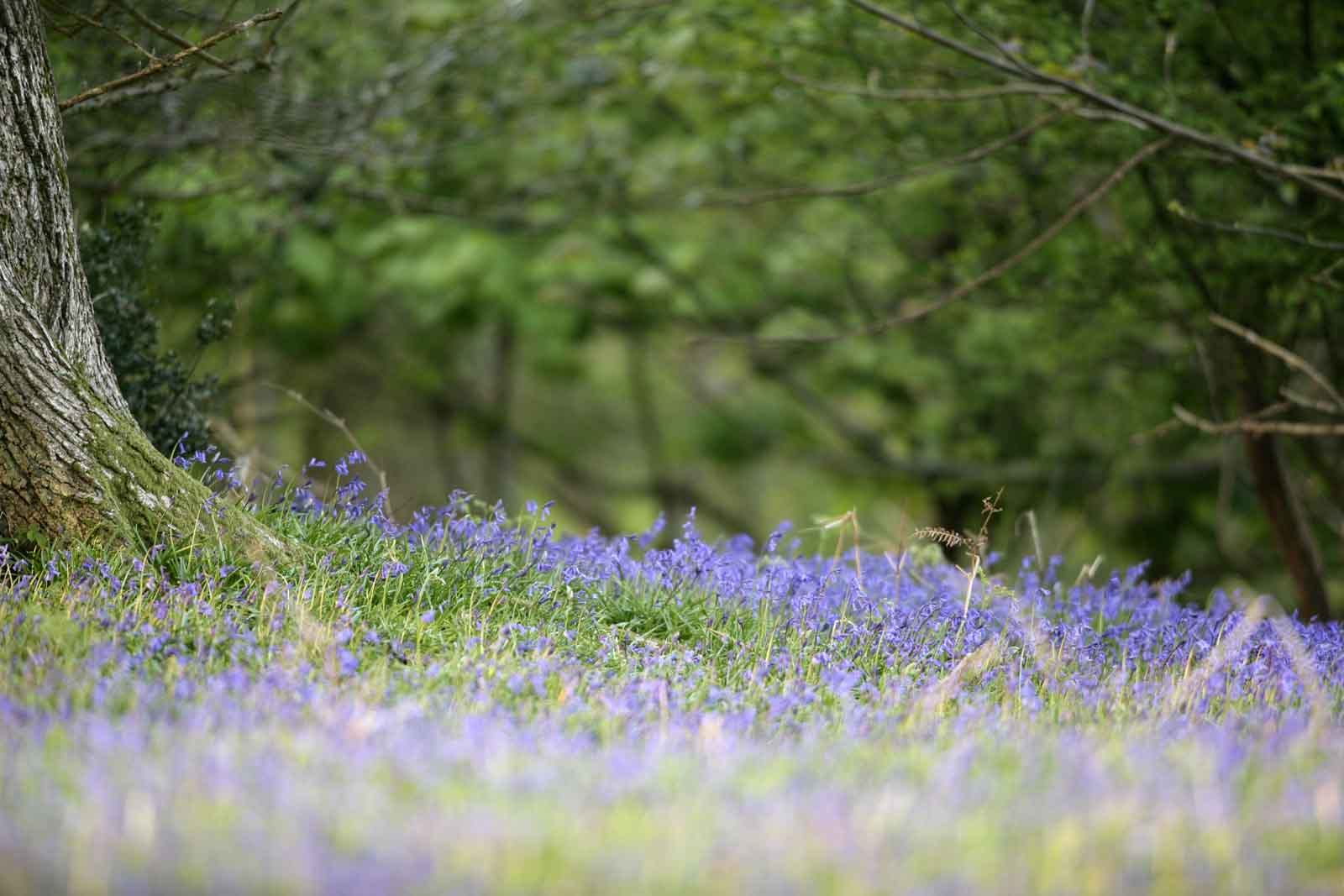
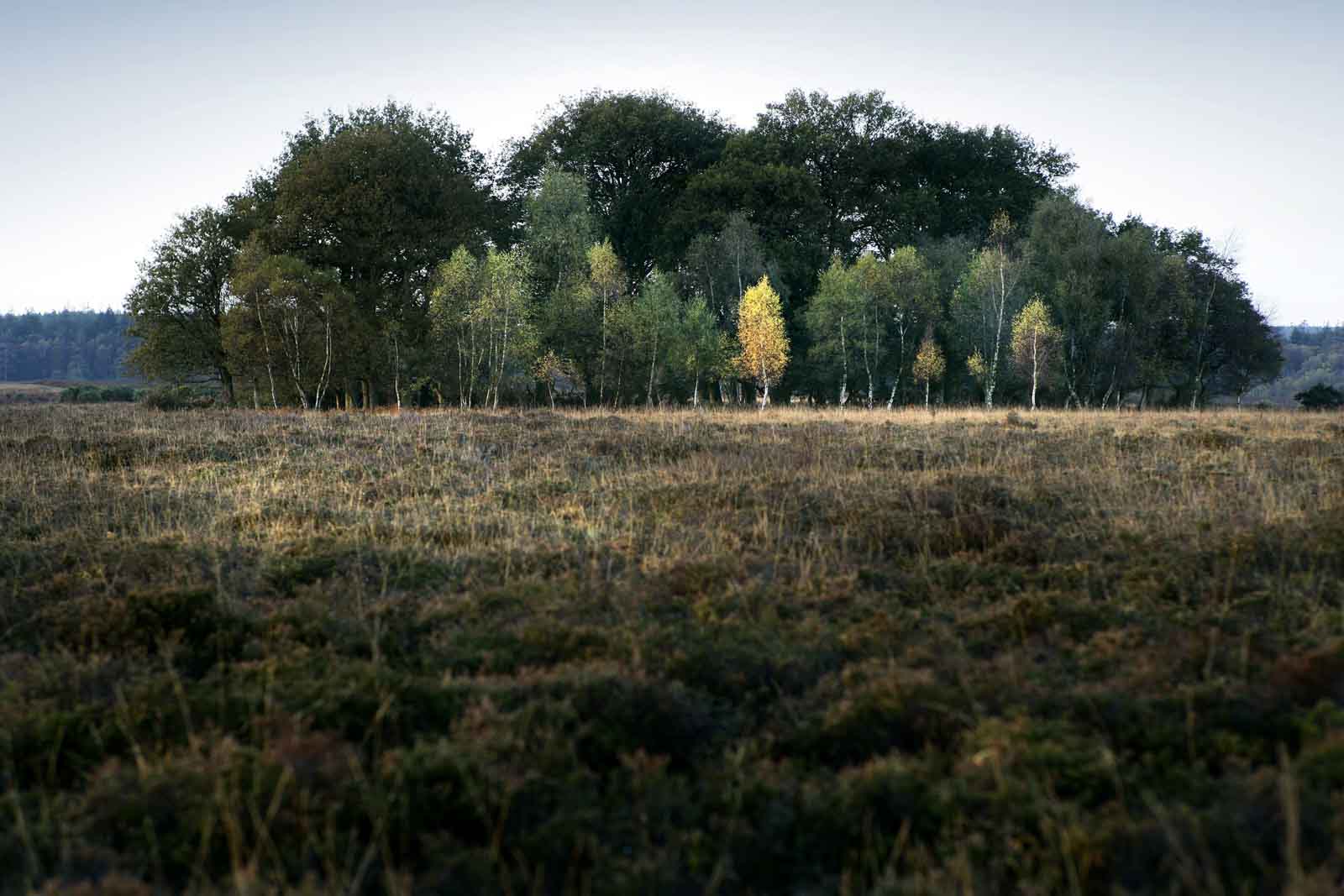
Underneath the foliage of all of Agrumi’s Ligustrum delavayanum plant sculptures, there is an armature frame.
This is hand-manipulated into shape and welded to form Agrumi’s designs.
The rootstocks of the plants are secured into place at the base of the sculpture and the main stems start off loosely wound around the framework.
Each branch is then carefully woven around the armature and the foliage grows to cover the entire design.
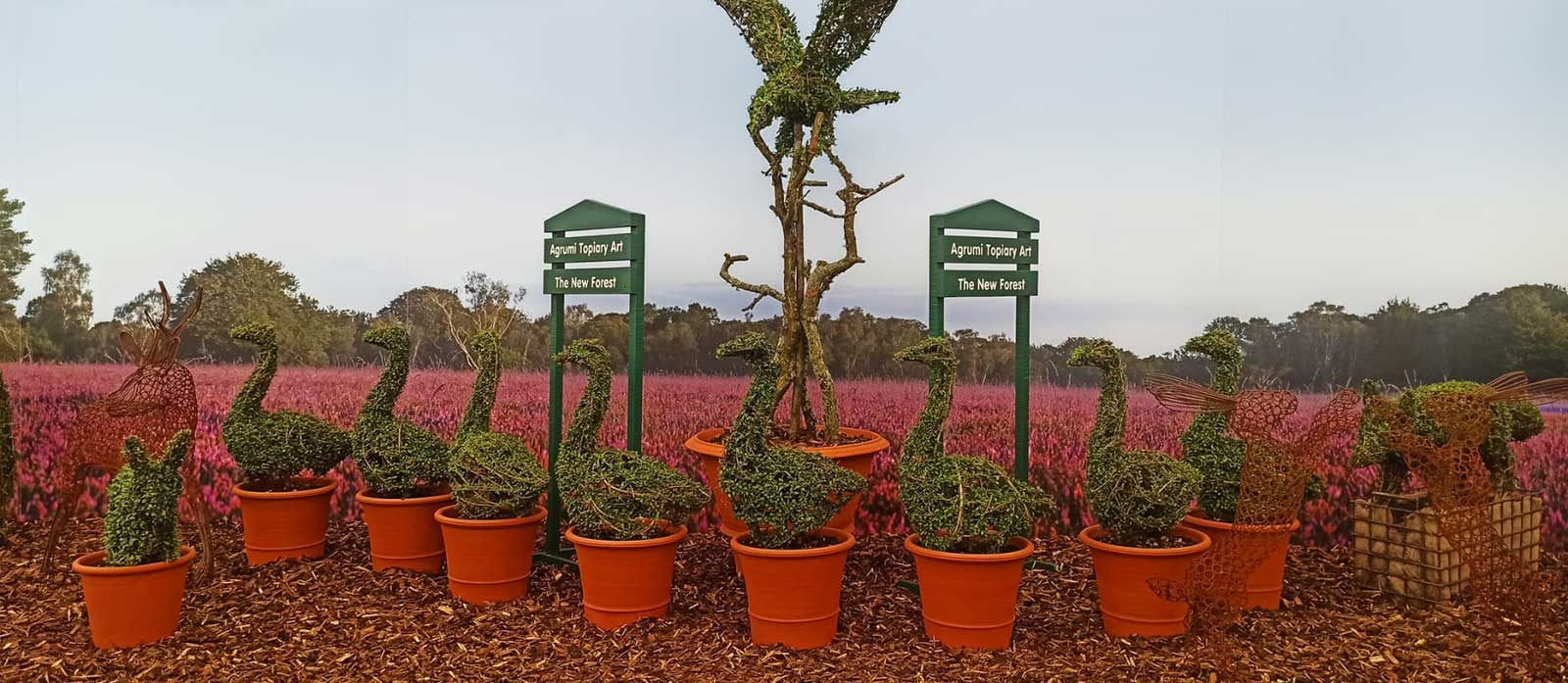
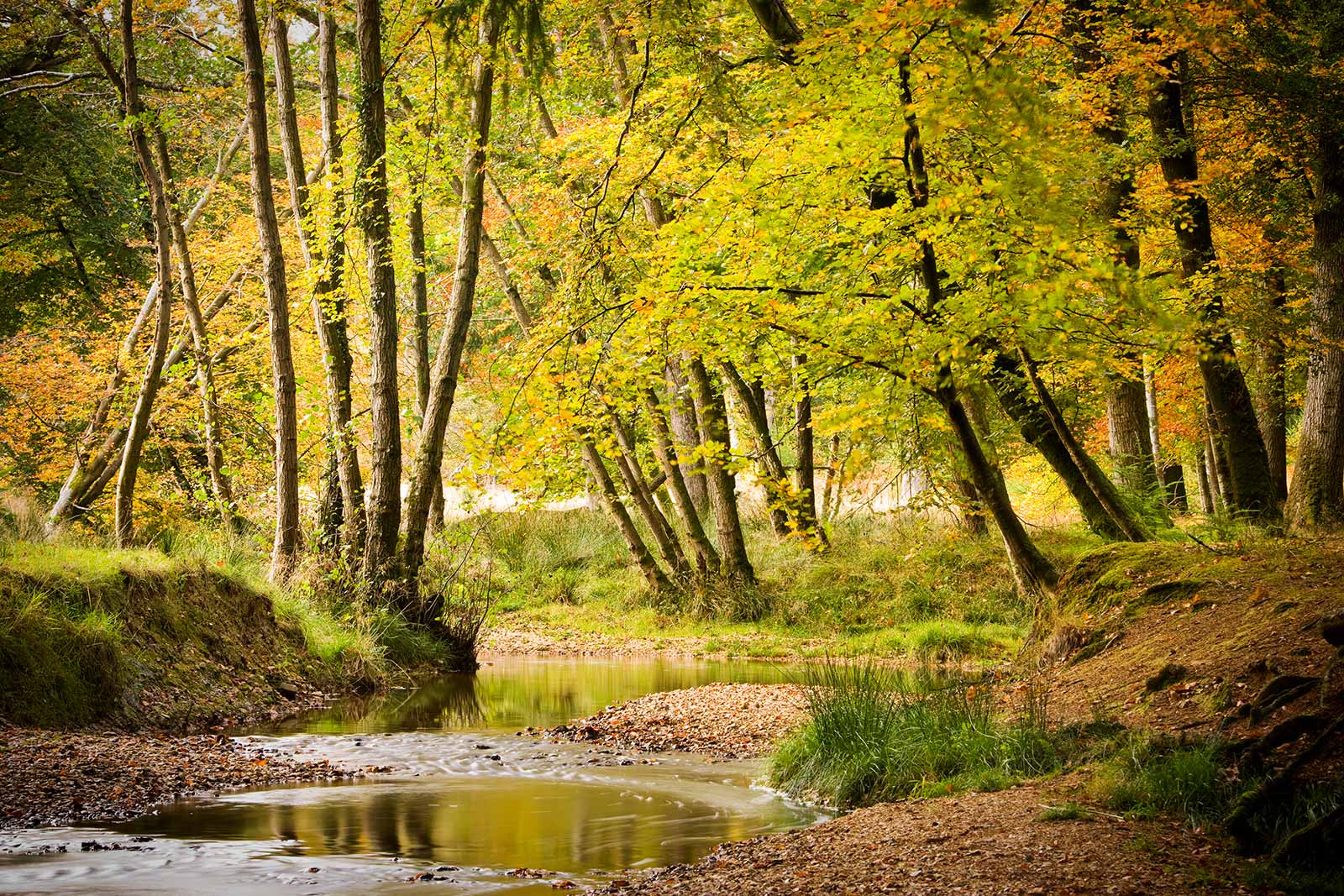
Once Agrumi has made the sculpture, the Ligustrum delavayanum plants require a growing season or two to ‘green up’. This is when the leaves have filled out and the surface appears fluffy with foliage.
The plants don’t always green up at the same rate. The last bit to green up is on the woody parts (like on the stag’s legs).
The really young shoots have leaves at closer internodal lengths, which mean that they grow at a faster rate. The older stems (sometimes used structurally in the designs) take longer to green up.
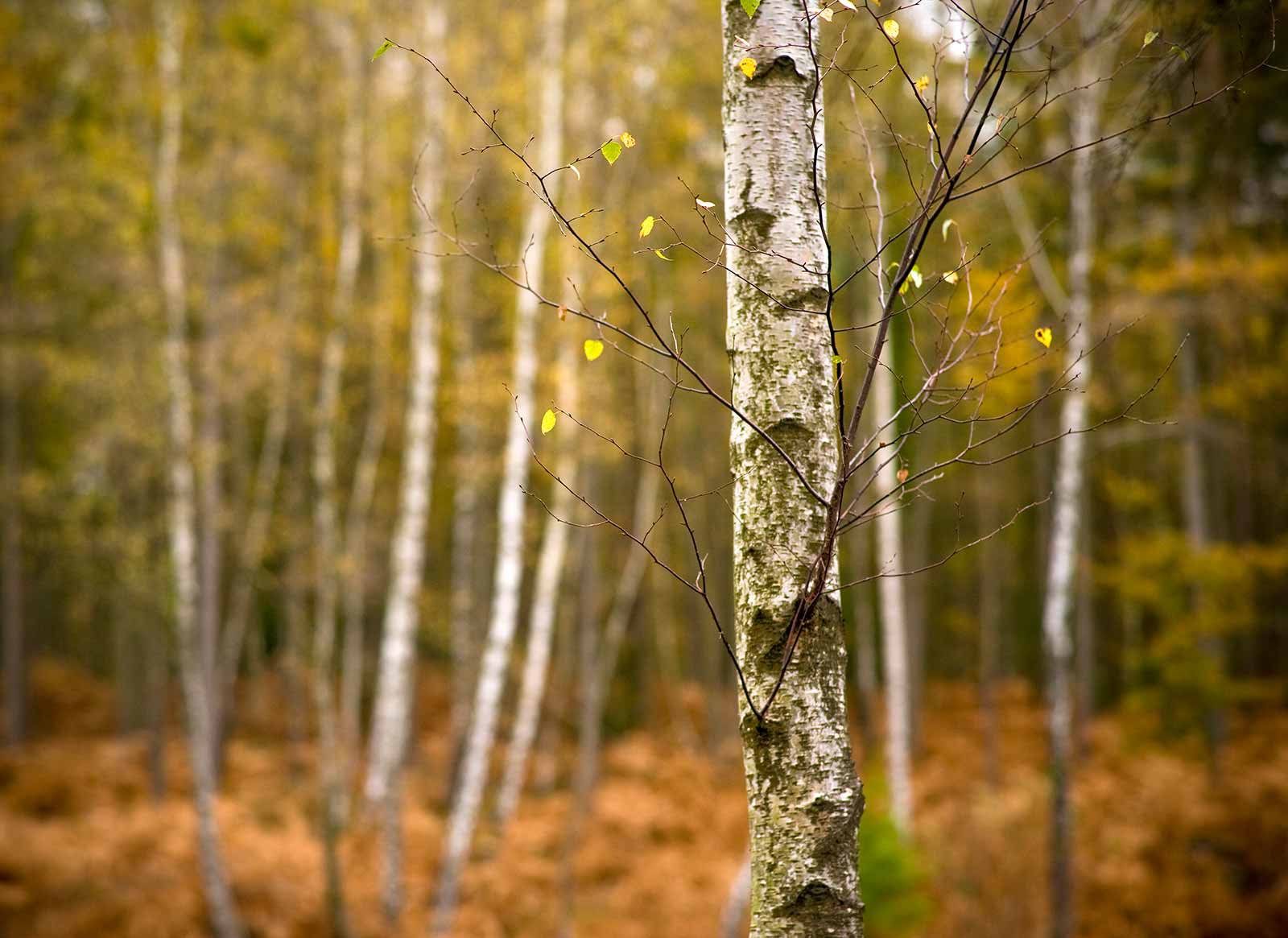
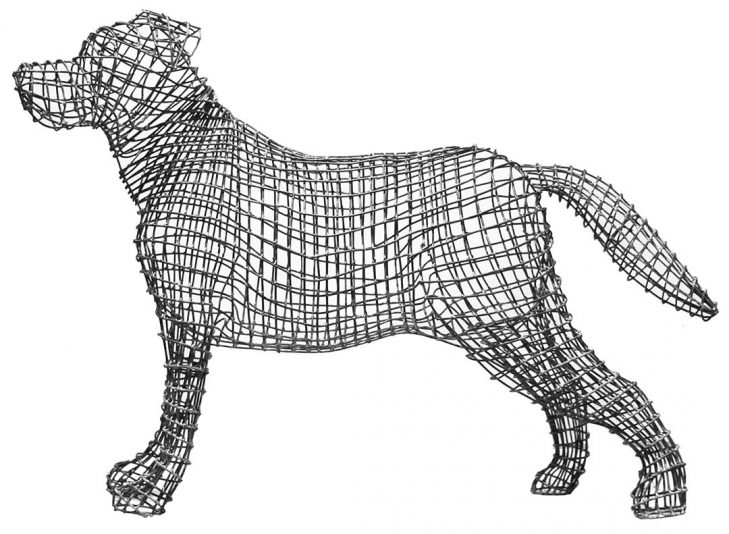
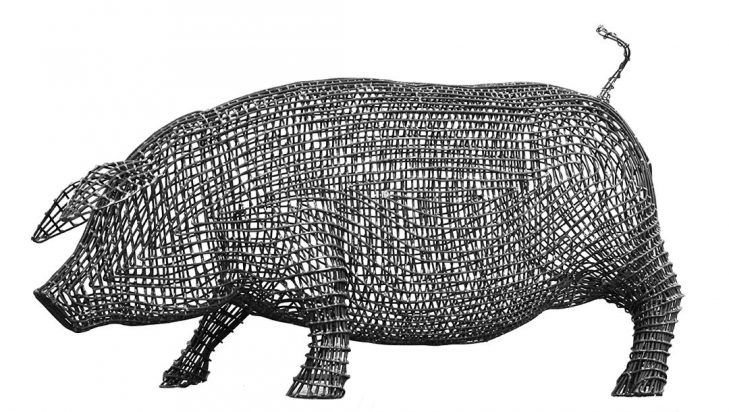
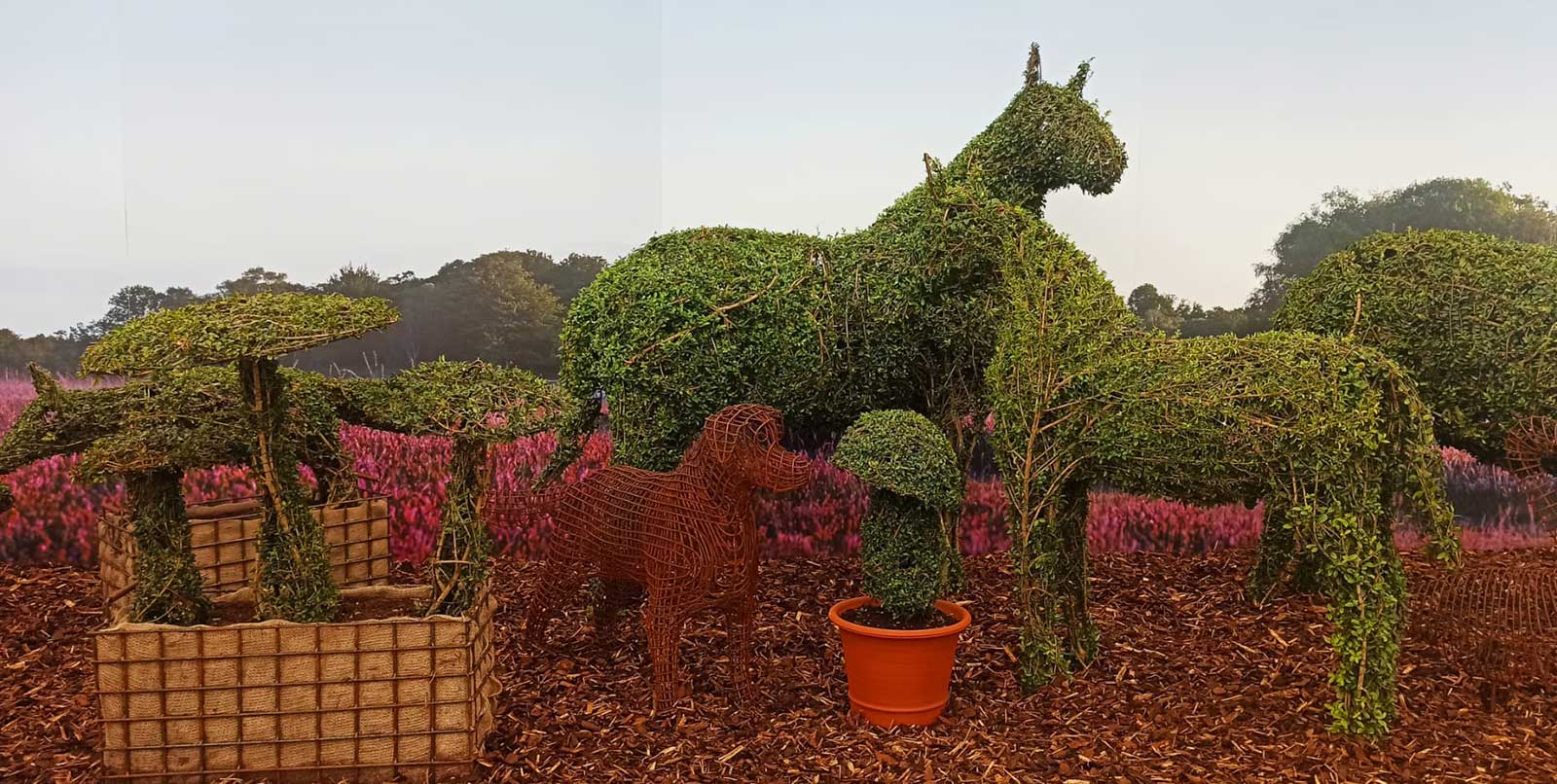
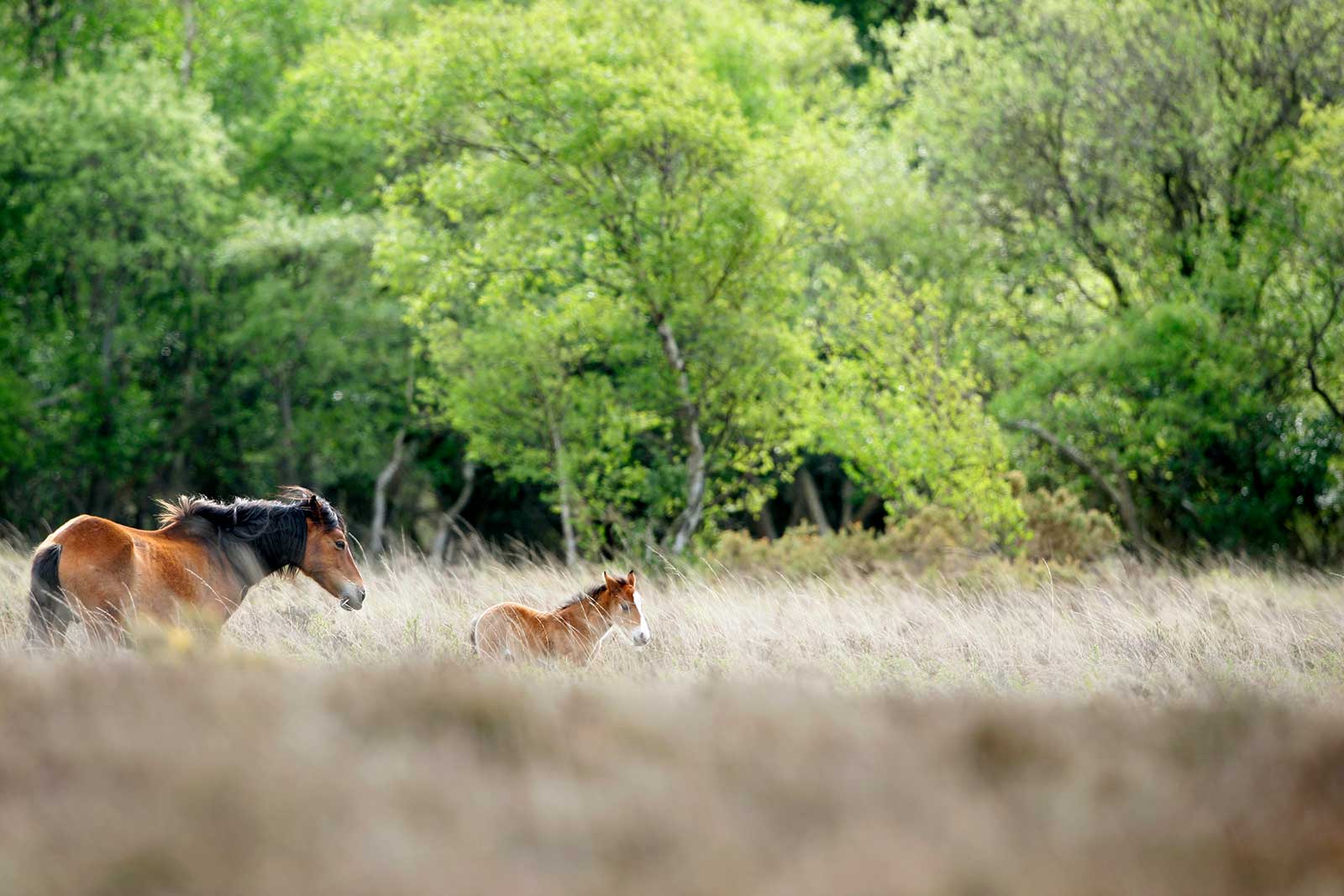
RHS Wisley is currently trialling a range of alternatives to traditional box plant (Buxus sempervirens) hedges in their Walled Gardens.
Unlike Ligustrum and other alternatives, Box plants are susceptible to box blight (a fungal disease) and box tree moth caterpillars.
Box is also slow growing and less useful for Agrumi’s larger sculptures, which need to ‘green up’ quickly at the top.
Can you work out which leaf is from which plant?
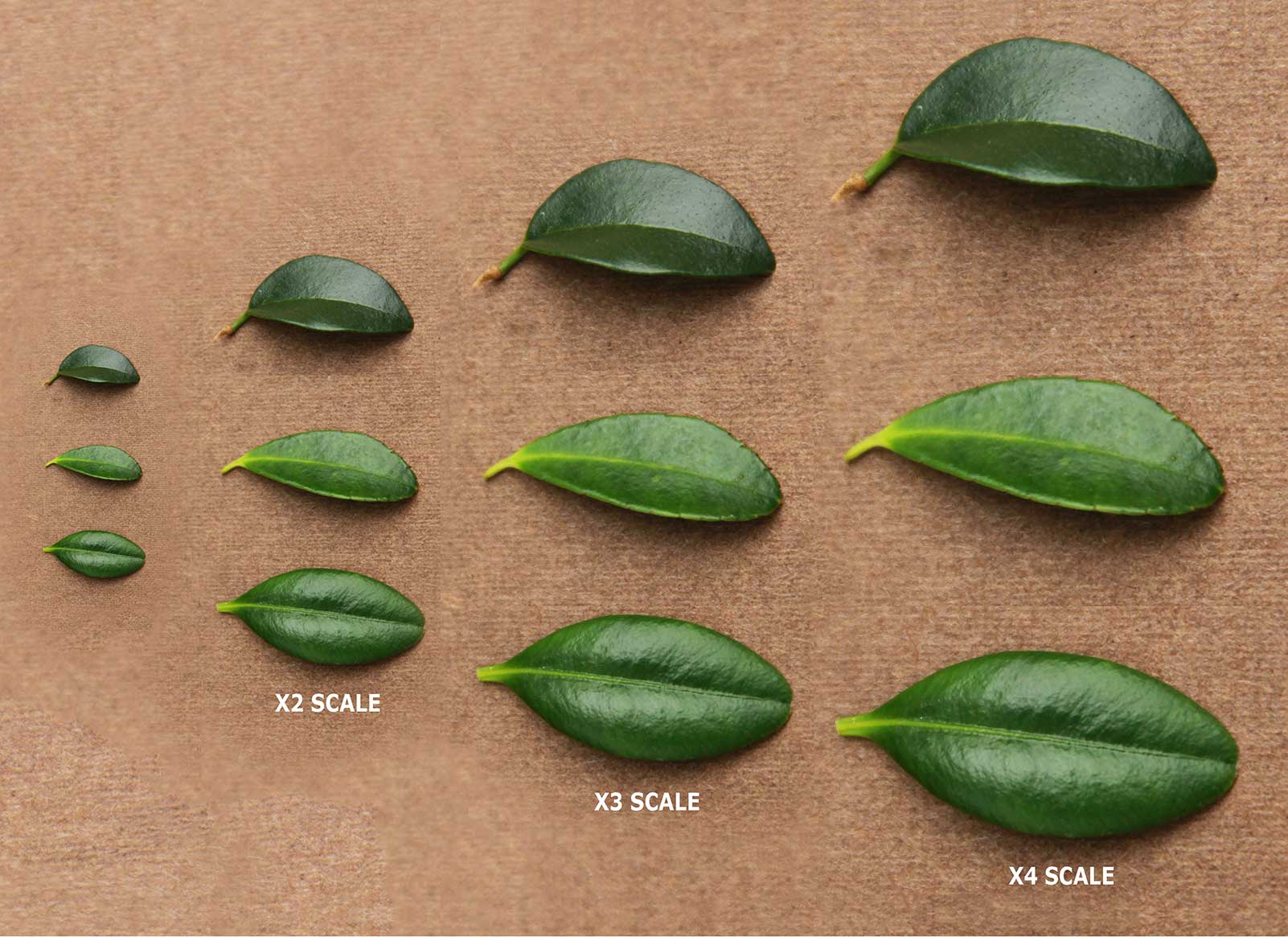
Box-leaved Privet (Ligustrum delavayanum) is a great alternative to box (Buxus sempervirens). It is not subject to box blight or box tree moth caterpillars. It also requires minimal care in comparison.
Agrumi use grafted Ligustrum delavayanum plants for their topiary work. The branches are malleable and great for weaving onto steel armature topiary frames.
Aged plants, grown especially for years in preparation for topiary use, allow for a speedy sculpture building process.
Agrumi combines the small-leaved plant of one Ligustrum and the strong root system of another Ligustrum plant to create their living plant
topiary sculptures.
The Scion (the part with leaves) they use is a small-leaved variety of Ligustrum (Ligustrum delavayanum).
The leaves are very similar in appearance to box (Buxus sempervirens).
The Rootstock is a variety of Ligustrum with a strong root system (Ligustrum japonicum), which supports the health of the entire plant.
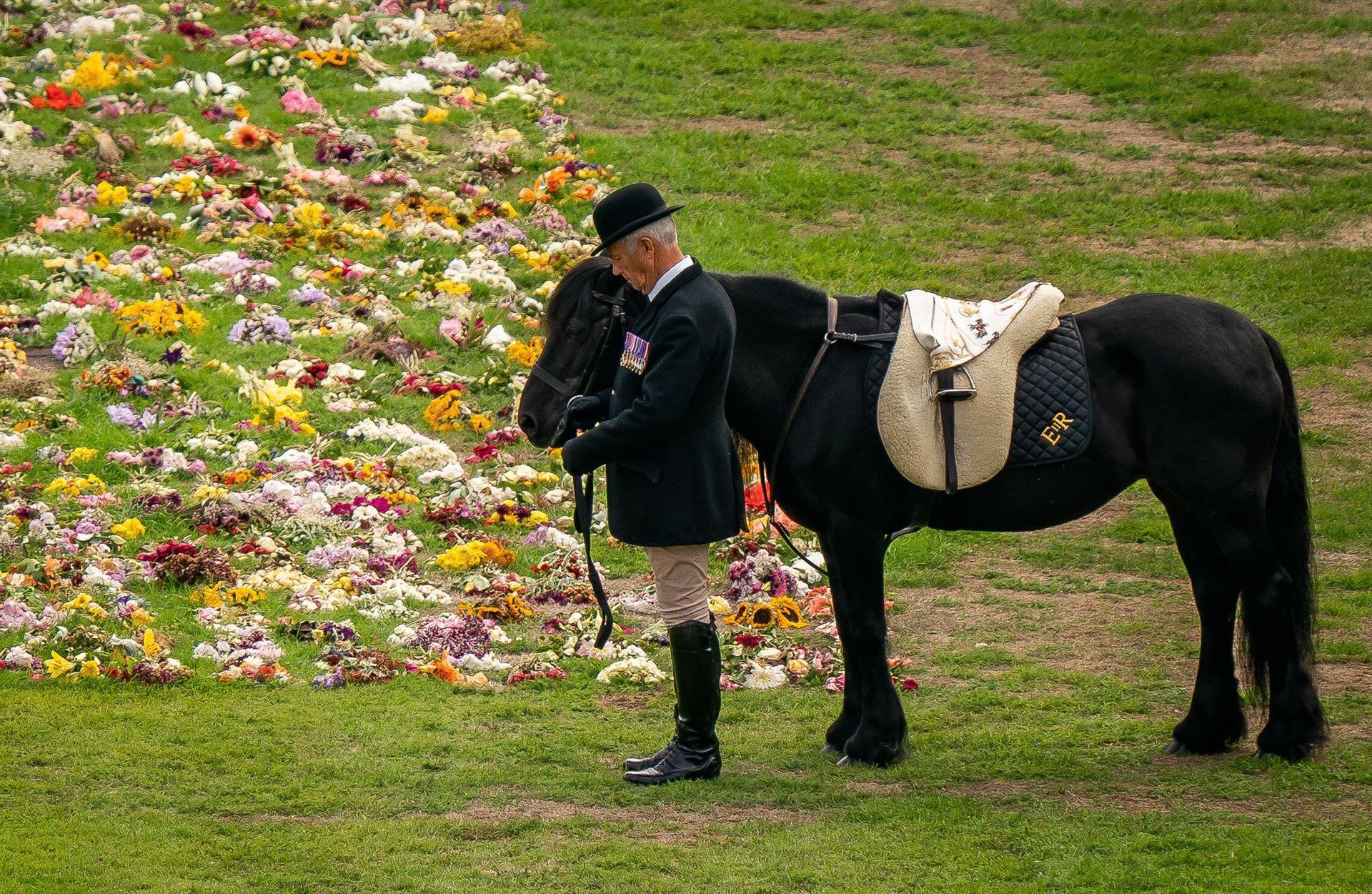
Agrumi has had the privilege of making topiary for Windsor Castle. Terry Pendry, the late Queen’s head groom for 28 years, commissioned several horses.
Terry and his wife, Sue, gave Agrumi a tour of the Windsor stables where we were introduced to Emma, the Queen’s beautiful black Fell Pony.
On the day of the late Queen’s funeral, Emma stood to attention to pay her respects as the cortège passed up the drive of Windsor Castle.
This touching moment inspired Agrumi to create a topiary sculpture as a tribute to Her Majesty Queen Elizabeth II.
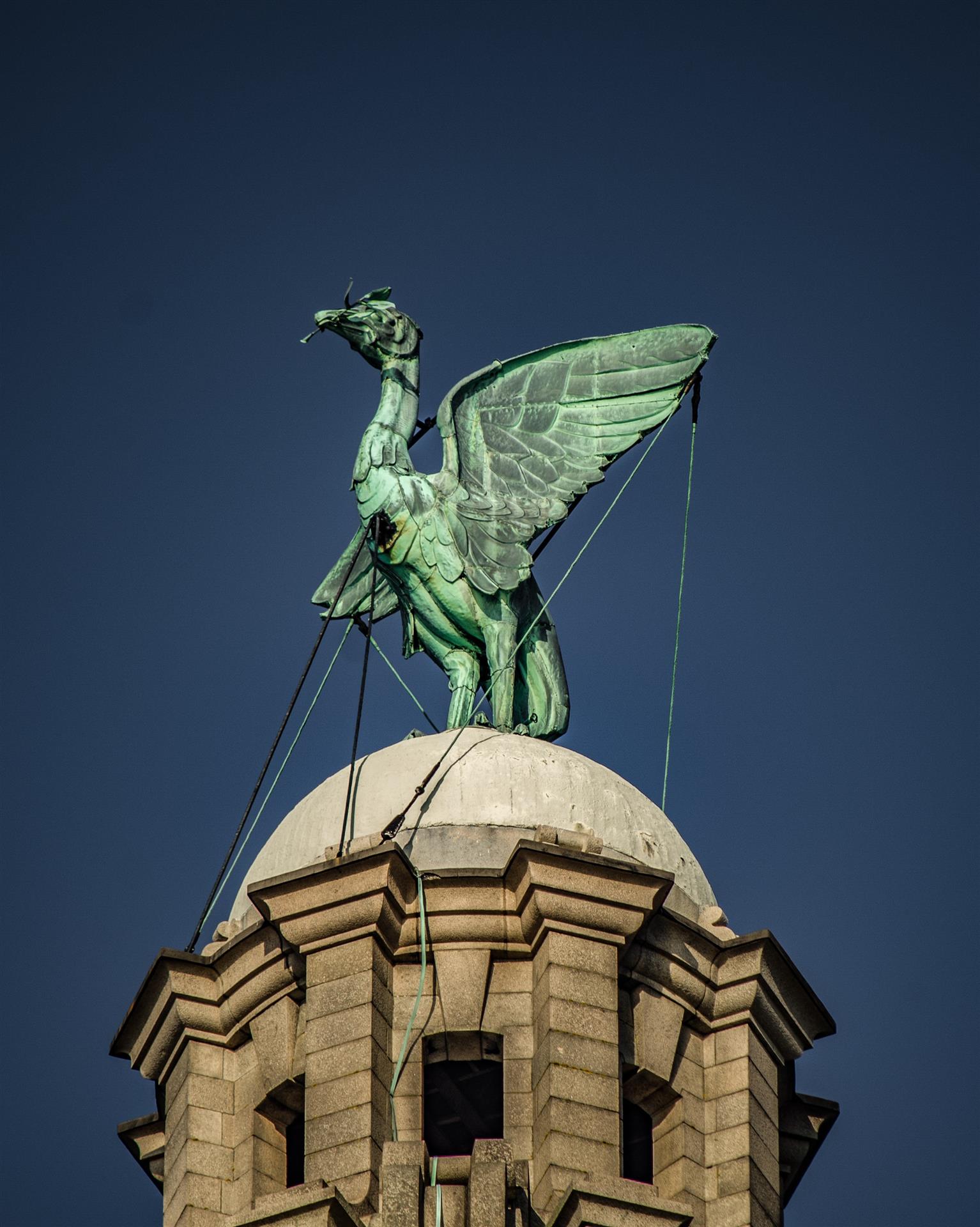
The Liver Bird, an iconic symbol of Liverpool, can be traced back to the 17th century when it was first described as a cormorant found in the coastal waters of the city.
The two most famous Liver Birds stand on the clock towers of the Royal Liver Building. One looks out across the city, watching over its people, the other out to sea, watching over its prosperity as a port city.
This year Liverpool had the honour of hosting the Eurovision Song Contest on behalf of Ukraine, who won the contest in 2022
Agrumi's Liver Bird sculpture is an example of what a Ligustrum topiary sculpture looks like after a couple of growing seasons.
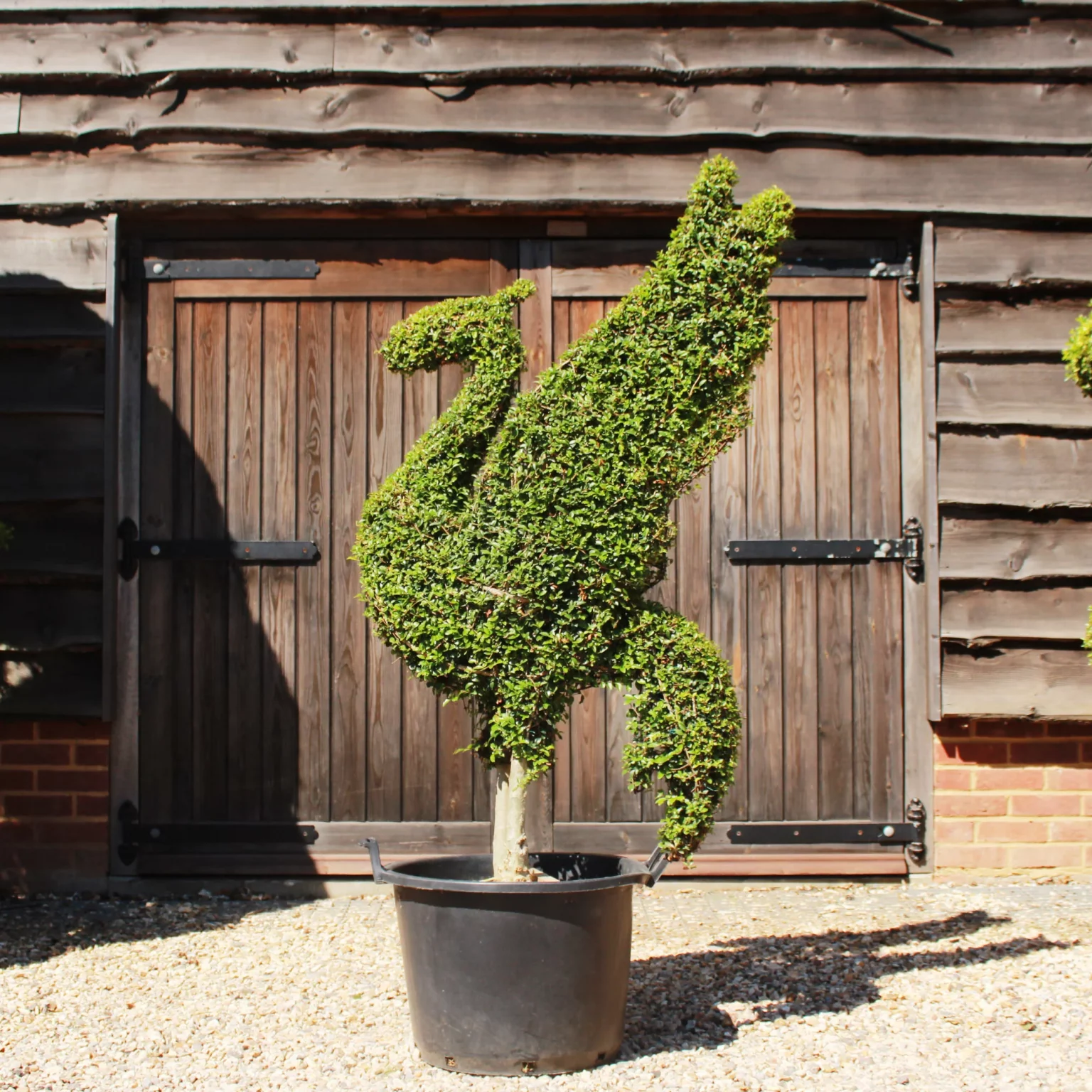
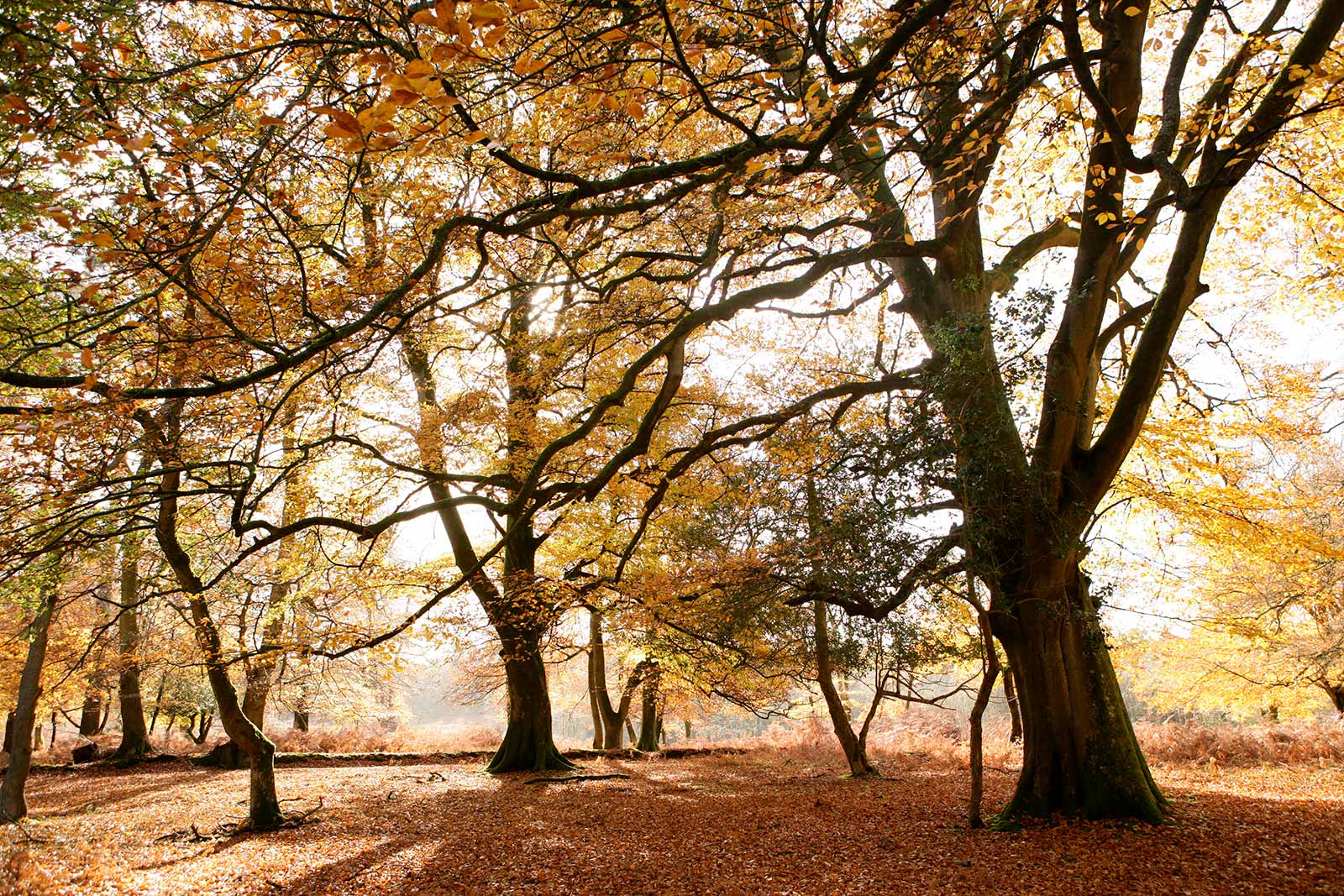
When William the Conqueror saw the New Forest’s enchanted acres of deer filled heath, pretty glades and wildwood more than 900 years ago, he must have been astounded by its beauty. Today, little has changed and the National Park gives visitors a magical glimpse of an ancient England, a very unique place where wandering animals still have the right of way. The New Forest itself is a labyrinth of woodland, open heath, peaceful walks and picturesque towns and villages, it even has 43 miles of refreshing coast.
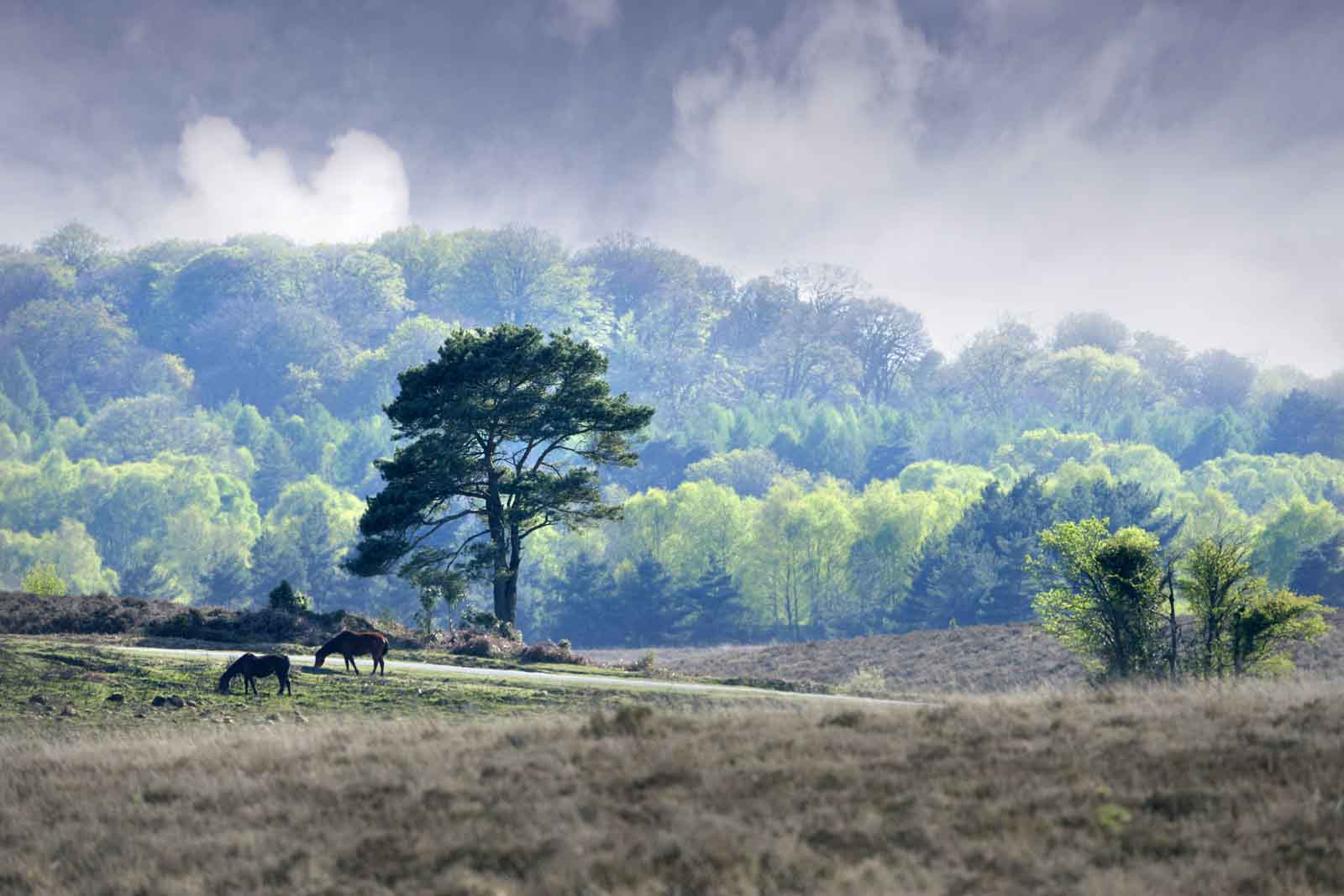
Situated just 90 miles south west of London, it is the perfect romantic break or activity filled family holiday destination. The colours of Autumn are particularly spectacular, as are crisp Winter days or the awakening chorus of nature which is the New Forest Spring. Stay
in stunning holiday parks, top of the range hotels and other high-quality accommodation, visit world class family attractions, enjoy local activities, unusual festivals and quirky cultural events.